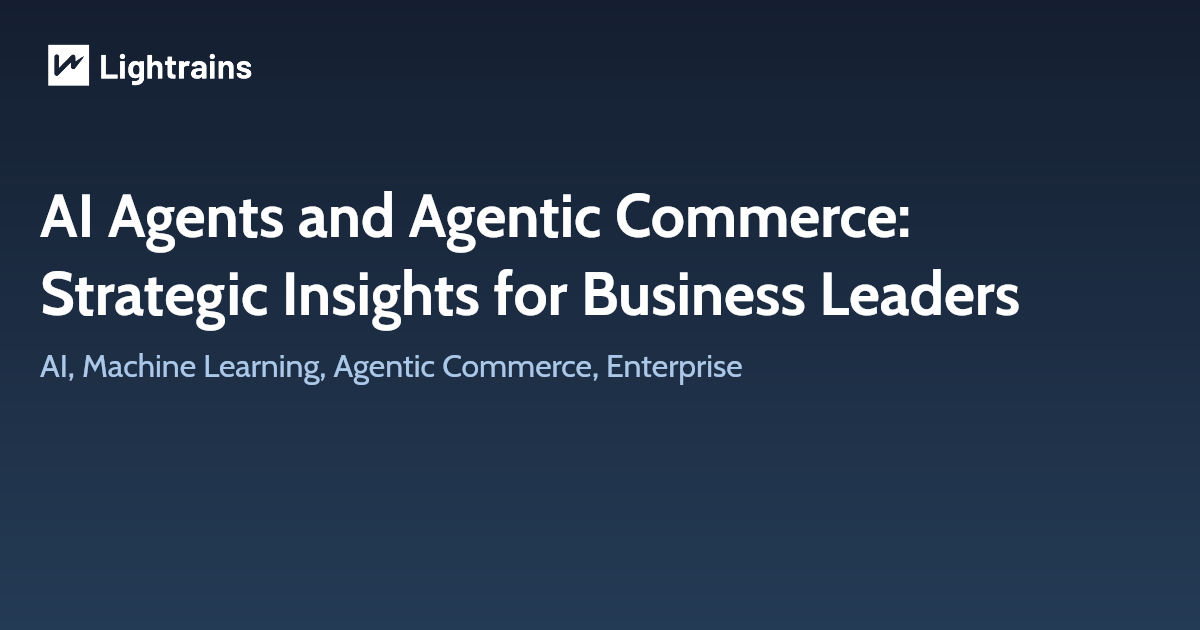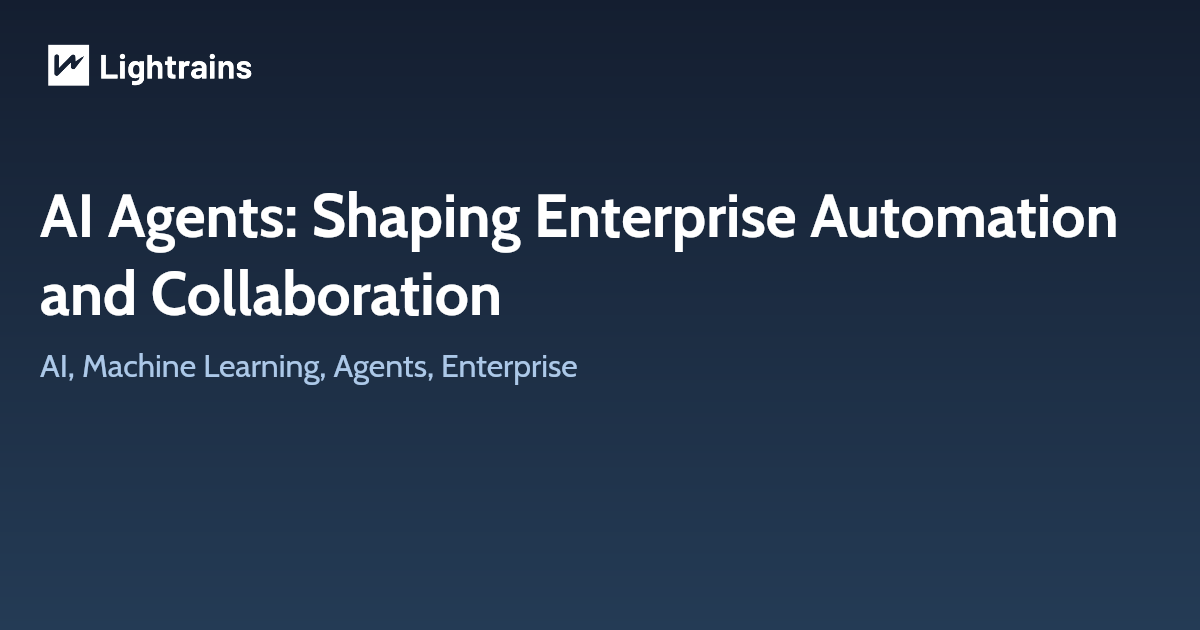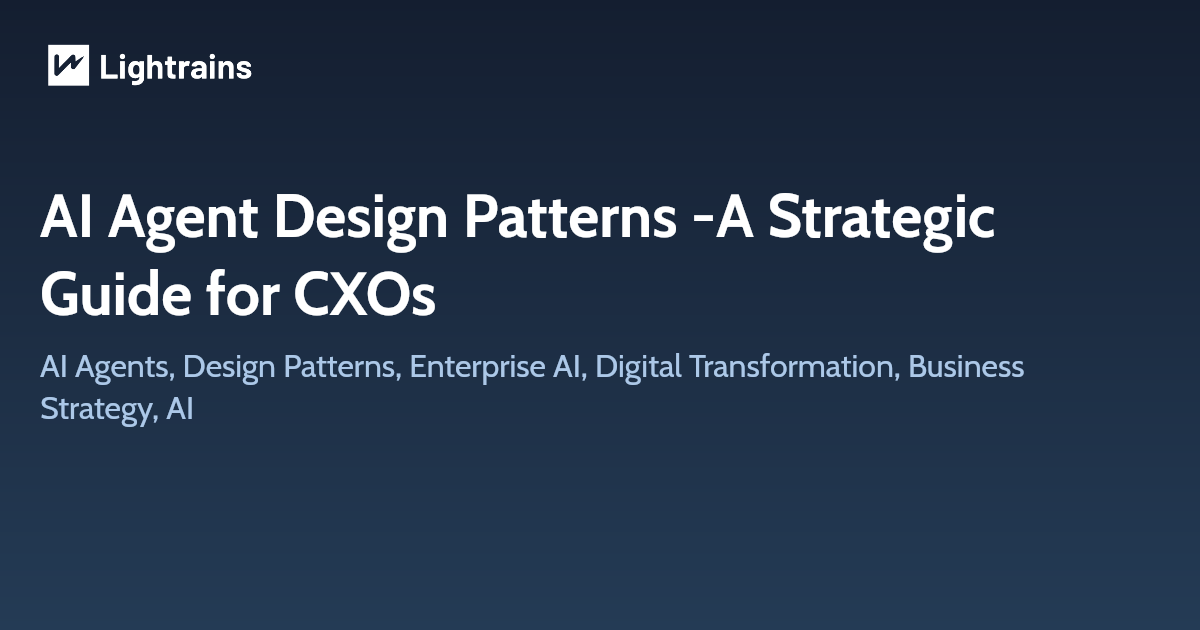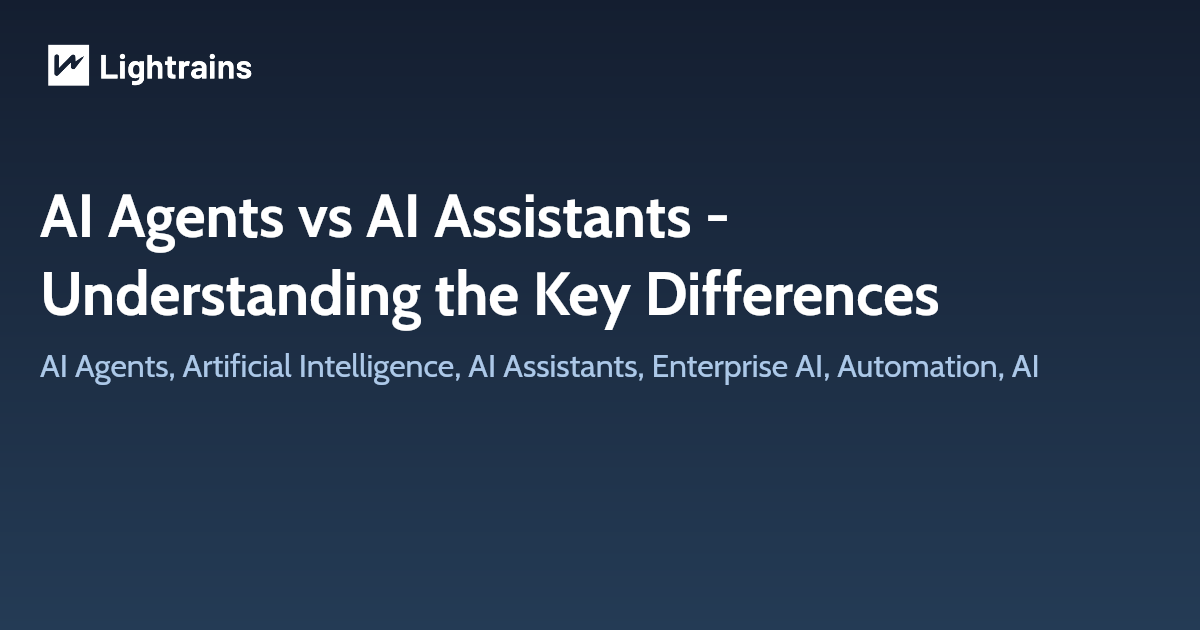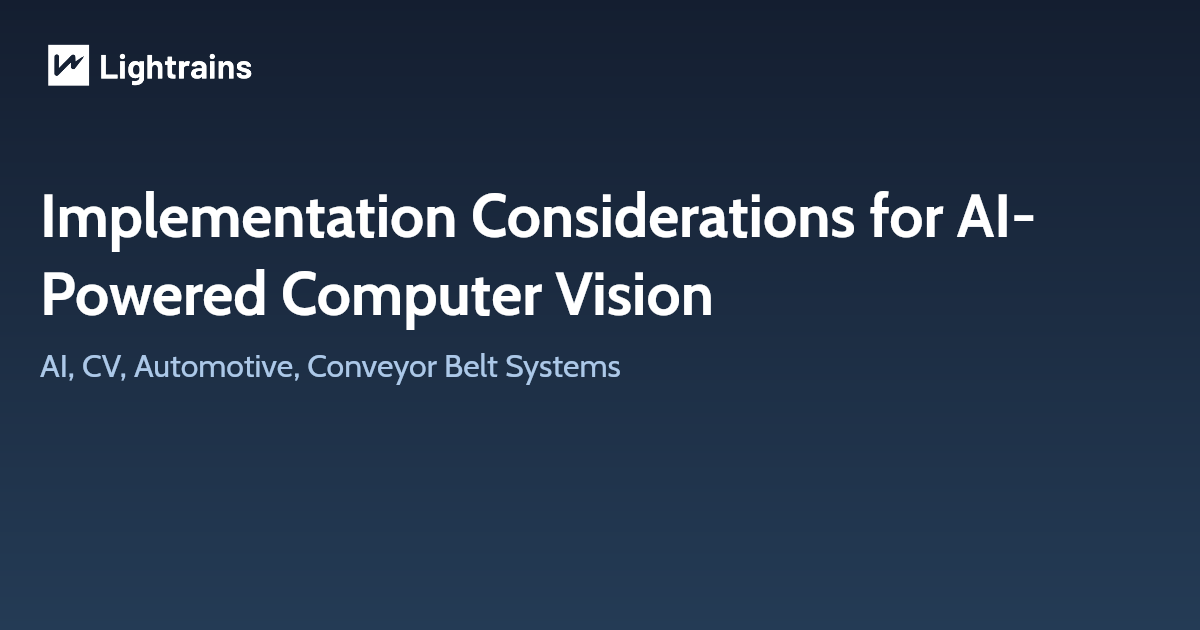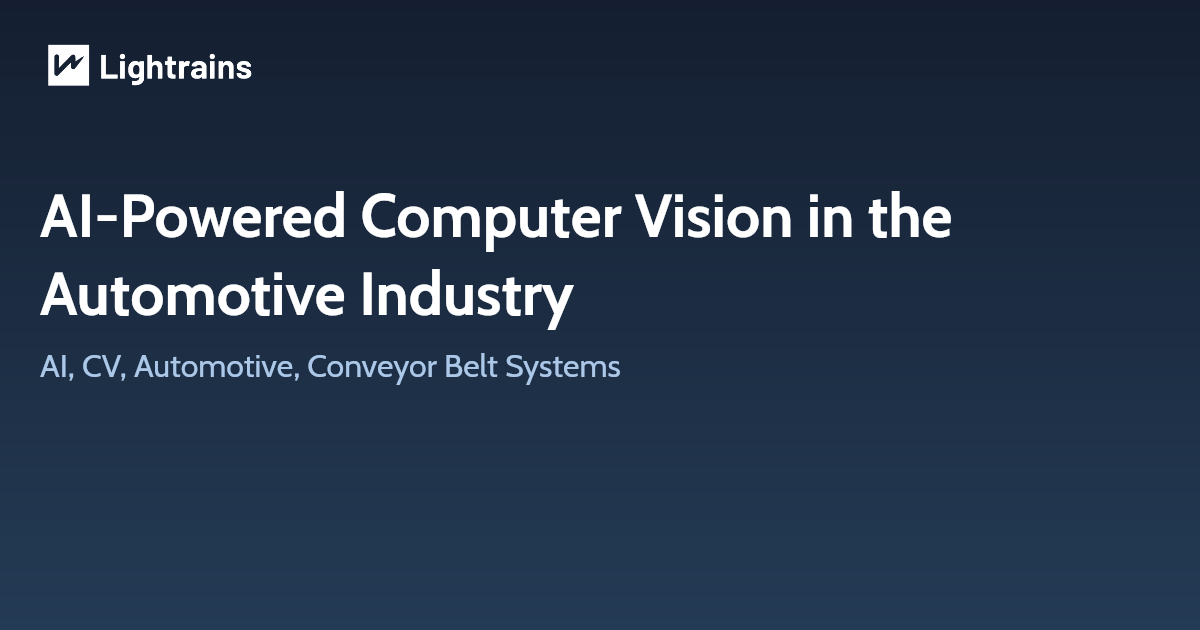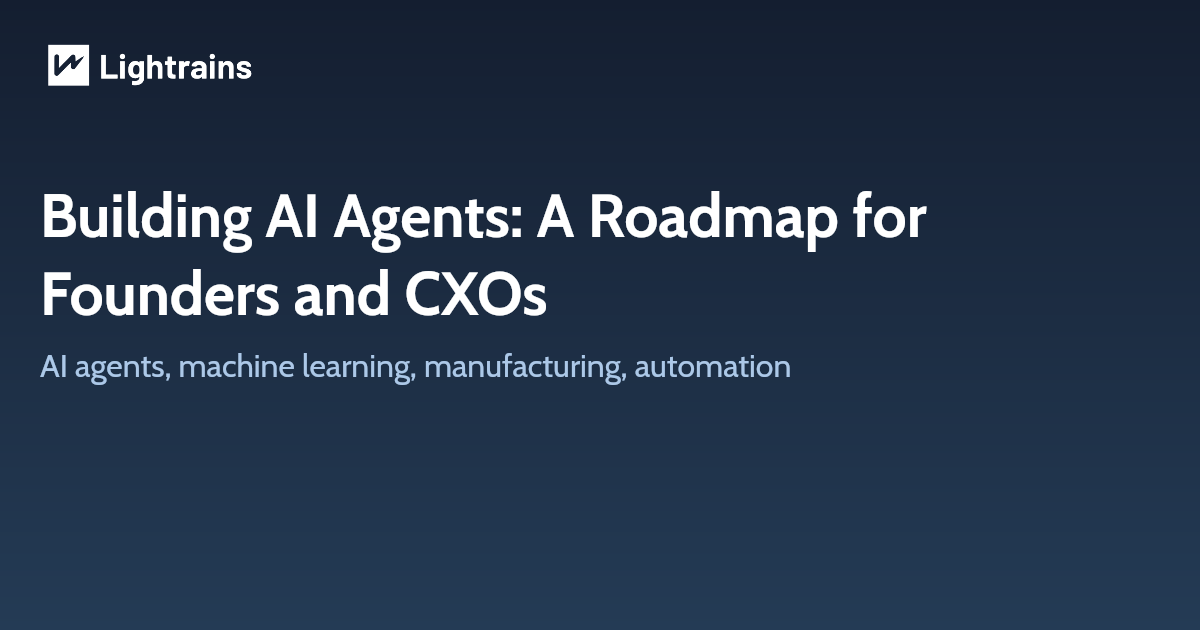
Why executives should care about AI agents
Artificial intelligence has moved well past novelty. Businesses are embedding it into the core of operations. Surveys show that almost 60 percent of organizations already have AI agents in production, and many plan to expand their budgets within the next year. Executives value these systems for three clear reasons:
- Speed and scale: Companies adopting agentic workflows report double‑digit improvements in speed‑to‑market. Teams remove repetitive work and focus on high‑value tasks.
- Bottom‑line impact: Leading use cases are practical customer service, software development and business intelligence. These agents free talent to work on innovation and deliver measurable savings.
- Employee experience: Nearly nine out of ten leaders see higher satisfaction in departments that deploy agents. When people spend less time chasing information and more time solving problems, morale improves.
In manufacturing, adoption is even more pronounced. A recent smart‑manufacturing report found that 95 percent of manufacturers have invested in, or plan to invest in, AI/ML within five years.
Key applications include quality control, cybersecurity and robotics. These data points show a market that is ready for agentic automation and make a compelling case for why leaders should move quickly.
The learning journey: from foundations to multi‑agent systems
Building robust AI agents requires structured learning. The roadmap below outlines a progression from foundational concepts to advanced capabilities. Each stage builds on the previous one, so executives can guide their teams through a logical path:
Level 1 – Fundamentals
- GenAI introduction: Gain a grounding in generative AI, including how large language models (LLMs) create text, code and other outputs.
- Basics of LLMs: Learn about model architectures, parameters and training datasets. This understanding helps executives set realistic expectations.
- Prompt engineering: Discover how to craft prompts that elicit reliable responses. Good prompts are clear, concise and contextually rich.
- Data handling and processing: Collect, clean and structure data. Quality data is the foundation for any agent; poor data leads to poor decisions.
Level 2 – Agent specialities
- Introduction to API wrappers and RAG: Explore retrieval‑augmented generation (RAG) and how API wrappers connect agents to external systems. RAG combines LLM outputs with up‑to‑date data, making agents more accurate and context‑aware.
- Introduction to AI agents: Understand the difference between simple chatbots and autonomous agents. Agents plan, decide and act with minimal human oversight.
- Agentic frameworks: Evaluate open‑source and commercial platforms that orchestrate workflows across multiple tools and models. Leading frameworks support long‑running tasks, tool selection and error handling.
- Building a simple AI agent: Start small create an agent that can fetch information, make a decision and execute an action. Early pilots help teams learn quickly.
- Agentic evaluation: Define metrics such as task completion, latency and user satisfaction. Continuous evaluation ensures agents improve over time.
- Agent memory: Implement mechanisms to store and recall context across conversations. Persistent memory allows agents to personalize responses and learn from prior interactions.
- Agentic workflow: Design workflows with clear triggers, tasks and decision points. Agents often need to collaborate with humans or other systems; a well‑defined workflow minimizes friction.
- Multi‑agent collaboration: Move from single agents to teams of agents that communicate and hand off work. Multi‑agent systems handle complex, cross‑domain processes, such as coordinating supply‑chain tasks or managing large customer‑support queues.
- Agentic RAG: Combine multi‑agent orchestration with RAG to deliver informed decisions at scale. Agents fetch relevant documents, reason about them and produce actionable insights.
Building enterprise‑grade agents
Align technology with business goals
Effective agents start with clear objectives. Identify specific pain points like reducing downtime on a factory floor or accelerating customer‑support response times and build agents to solve those problems. Avoid pursuing technology for its own sake. Instead, articulate how each agent will create value.
Create a unified data foundation
Agents need low‑latency access to both real‑time and historical data. Rather than replicating every signal in a monolithic database, establish a digital backbone that integrates human–machine interfaces (HMIs), supervisory control and data acquisition (SCADA), manufacturing execution systems (MES) and other sources. Metadata about units, ranges, states and equipment relationships is critical. Without contextual information, agents cannot distinguish between normal variance and anomalies.
Embrace human‑in‑the‑loop design
Although agents automate tasks, human oversight remains essential. Many organizations deploy agents in “pilot” modes with clear guardrails. Start with low‑risk workflows, monitor performance and gradually increase autonomy. Experience shows that programs combining agents with human review deliver higher cost savings than fully autonomous strategies. A human‑in‑the‑loop approach also builds trust and allows teams to intervene if an agent makes an unexpected decision.
Invest in governance and ethics
Executives must set policies for data security, privacy, fairness and accountability. Define how agents are evaluated, what data they can access and how to address errors. Clear governance prevents shadow agents from proliferating and ensures compliance with regulations. Ethical guidelines also protect your brand and maintain stakeholder confidence.
Iterate and improve
Agent development is an ongoing process. Collect feedback from users, monitor metrics and refine prompts, workflows and models. Encourage cross‑functional collaboration engineers, subject‑matter experts and business leaders should work together to embed domain knowledge into agents. Over time, successful pilots evolve into enterprise platforms that serve multiple departments.
A niche opportunity: smart manufacturing
Manufacturing is fertile ground for agentic automation. Leaders face supply‑chain disruptions, labor shortages and rising cyber threats. Many already invest heavily in AI/ML to stay competitive. Specific opportunities include:
- Quality control: Agents can monitor sensor data in real time, flag deviations and even adjust production parameters. Nearly half of manufacturers plan to use AI for quality control.
- Predictive maintenance: By analyzing telemetry and maintenance logs, agents predict equipment failures and schedule service before downtime occurs. This reduces unplanned outages and extends asset life.
- Cybersecurity: Manufacturing has been the most‑targeted industry for cyber attacks for several years. Agents that monitor network traffic and automate incident response help protect operations.
- Robotics and logistics: Coordinating fleets of autonomous robots to move goods across a factory floor is complex. Multi‑agent systems excel at negotiating traffic, prioritizing tasks and optimizing routes.
Promoting agent solutions to mid‑size manufacturers in sectors like automotive, electronics and consumer goods offers a clear niche. These firms often have sophisticated operations but limited internal AI expertise. By showcasing real‑world case studies and offering tailored workshops, Lightrains can position itself as the partner that bridges advanced AI capabilities with practical implementation. Industry events, Industrial IoT forums and manufacturing associations provide channels to reach decision makers.
Next steps for leaders
- Educate yourself and your team. Use the learning pathway above to build a shared understanding of AI agents. Encourage engineers and managers to explore introductory resources such as Lightrains’ own post on the differences between AI agents and assistants.
- Start small and measure. Select one or two high‑impact use cases and build a simple agent. Measure performance and ROI. Iterate based on results.
- Engage with experts. Partner with experienced agencies like Lightrains who understand agentic frameworks, data integration and domain‑specific challenges. Lightrains offers consulting services for artificial intelligence, machine learning and smart‑contract development, as well as comprehensive technology consulting for integrating agents with cloud, server‑side and frontend systems.
- Invest in people. Upskill your workforce through training and change management. Building trust in agents requires transparency, clear communication and a culture of continuous learning.
Ready to build your own agents?
The shift from manual workflows to agent‑driven automation is underway. With a structured learning plan, a solid data foundation and a partner who understands both technology and business, you can transform operations and outpace competitors. Reach out to Lightrains to explore how AI agents, blockchain and machine‑learning solutions can unlock new efficiencies in your organization.
This article originally appeared on lightrains.com
Leave a comment
To make a comment, please send an e-mail using the button below. Your e-mail address won't be shared and will be deleted from our records after the comment is published. If you don't want your real name to be credited alongside your comment, please specify the name you would like to use. If you would like your name to link to a specific URL, please share that as well. Thank you.
Comment via email